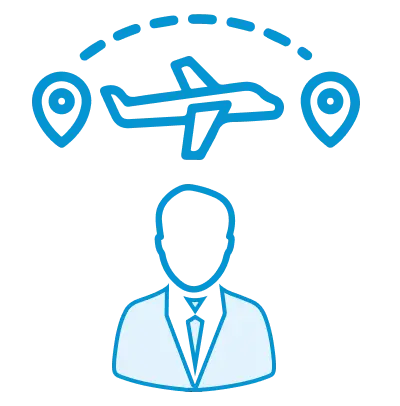Unable to find what you're searching for?
We're here to help you find itChange Technology




Clear All
Filter
Clear All
Clear All
Clear All
*Excluding VAT and GST
Showing to of entries
Ans - No, the published fee includes all applicable taxes.
Yes, you will receive Letter of Course Attendance from Koenig Solutions
We accept payments via following methods: • Credit Card • Debit Card • Bank Wire Transfer • We also accept PO from corporate client.
Offer Buy-Now Pay Later if you pay using credit card in US & India It is not available for other countries.
No
You can book online from course page or we will align a Customer Success Manager who will schedule your training.
A laptop, decent internet speed, a Headset with microphone is required.
There are usually 8-10 students in a batch.
Yes, Trainer profile will be shared by the Customer Success Manager
Yes, we will arrange a Tech call with a expert advice for the best courses to help you enter IT.
Even if you are the only participant available, the training will still commence on the scheduled date and time.
We provide digital certificate.
We have our own centres in Dubai, London, New Delhi, Johannesburg, Singapore Gurgaon, Bangalore, Chennai, Goa, New York, Sydney.
Yes, we do offer weekend classes
We do not provide Bank loan facility.
We can provide customized 1-to-1 training for a module as per your requirement.
Yes
If you are not happy with the training and discontinues attending within less than 20% of the duration of the training e.g., by end of first day for a 5-day course



